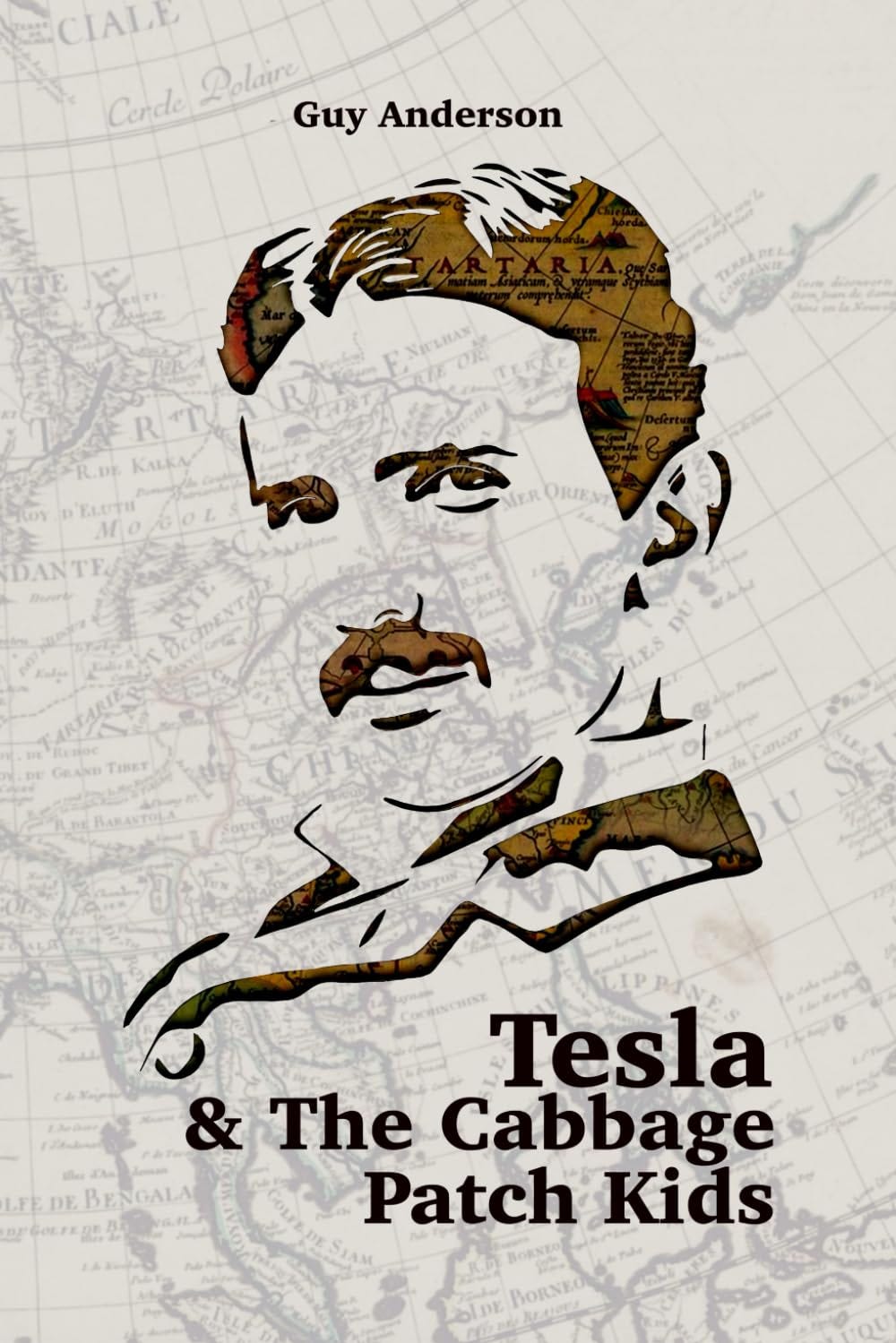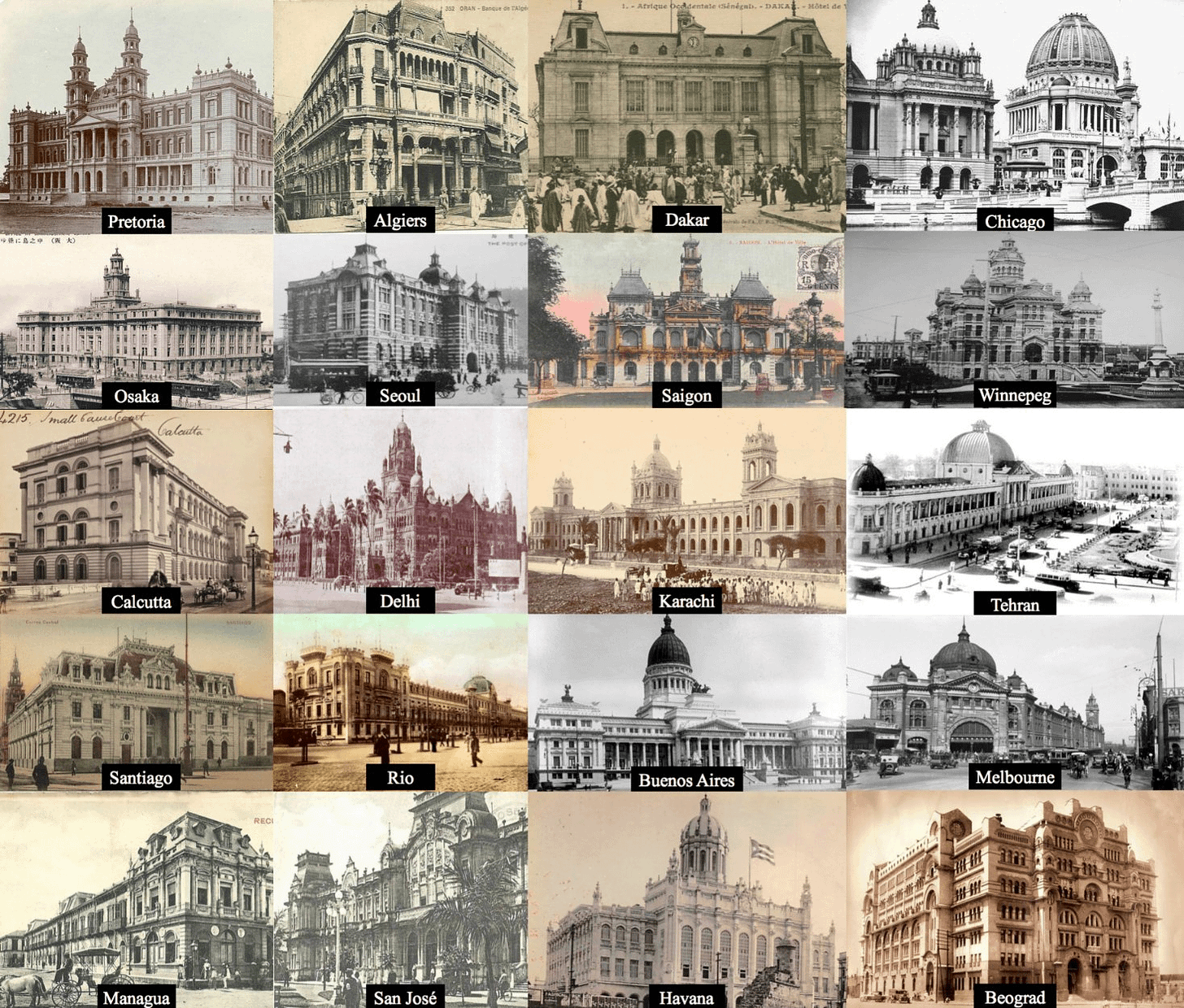The Lost Empire That Never Was
Tartaria and the Battle for History
What if the world you thought you knew was built on a lie? That’s the unsettling question at the heart of the Tartaria conspiracy, a story that insists an advanced global civilization once stretched across the earth, only to be wiped from history and that its erasure was intentional.
The claims are audacious. Entire empires lost in mud floods. Red bricks that stored free energy. Gothic cathedrals and Islamic domes built not by their known craftsmen, but by Tartarians. For millions online, this is not fantasy but hidden truth.
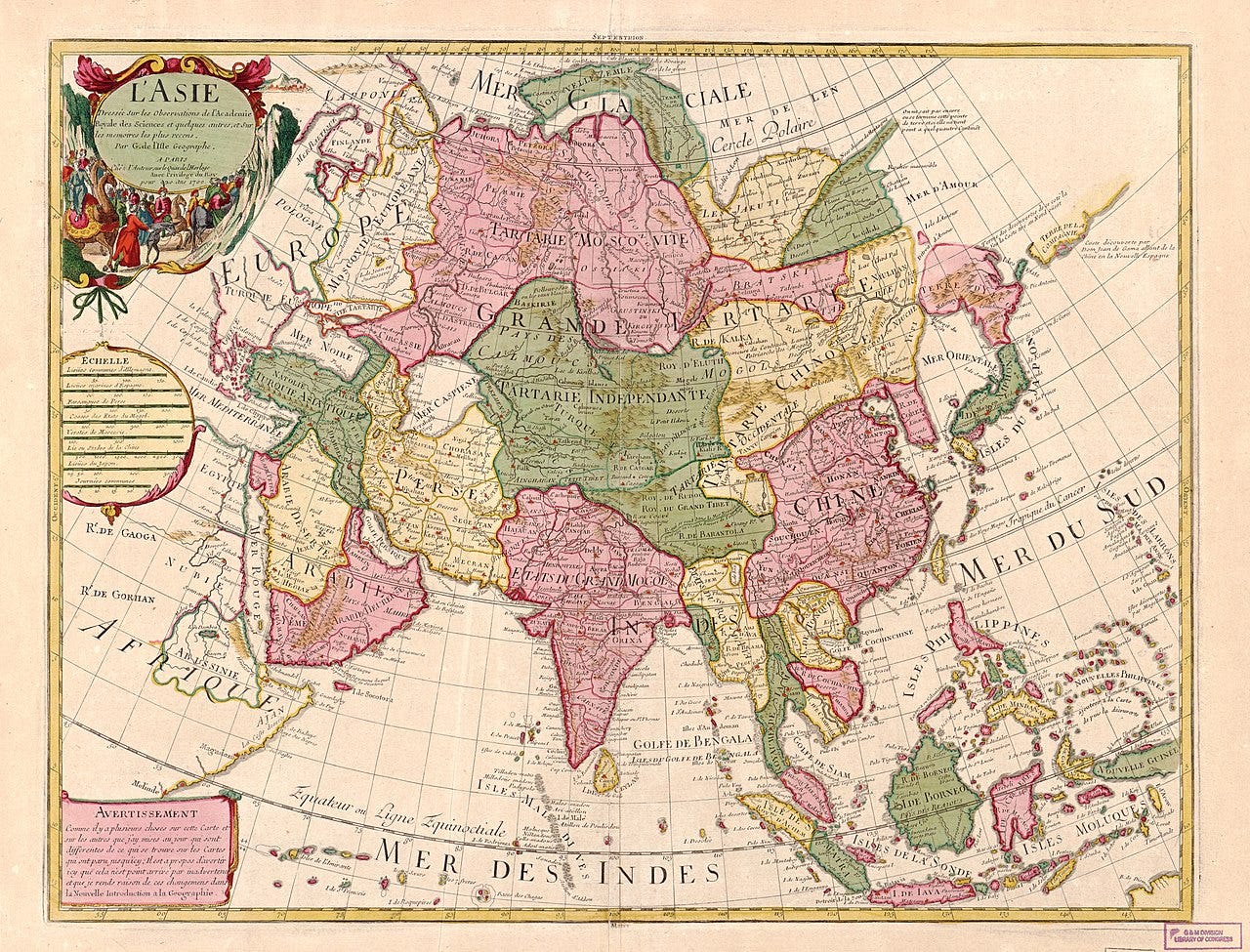
At its core, Tartaria is less about the distant past and more about the present. It channels a deep suspicion that the institutions we trust, schools, museums, and governments, have been lying to us. Once that suspicion takes hold, every architectural flourish becomes suspicious, every fire or demolition becomes evidence of erasure.
The conspiracy first found traction online around 2016. Reddit threads seeded it. YouTube videos expanded it. TikTok gave it viral legs. Suddenly, old maps, ornate domes, and crumbling archives became the fuel for a new mythology.
Believers point to architecture across continents. The U.S. Capitol, Notre-Dame de Paris, even the Taj Mahal — all rebranded as Tartarian relics, built by a forgotten civilization that supposedly spanned Eurasia and beyond. The logic is circular: if buildings look impressive, then they must have been built by a lost empire, not ordinary people.
The mud flood obsession gives the theory its apocalyptic edge. Half-buried windows and sunken doors are treated as proof that entire cities were engulfed by a worldwide deluge, their lower stories sealed in earth while the upper floors remain visible.
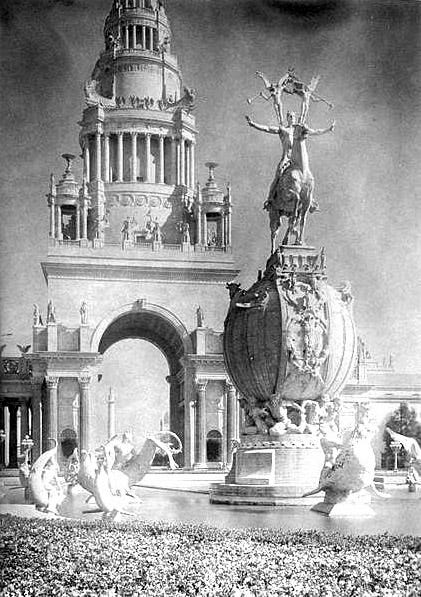
World’s Fairs fuel the suspicion further. Temporary structures like San Francisco’s Tower of Jewels, built for the Panama-Pacific Exposition of 1915 and demolished soon after, are recast as Tartarian capitals — destroyed not because they were meant to be temporary, but because elites wanted the evidence gone.
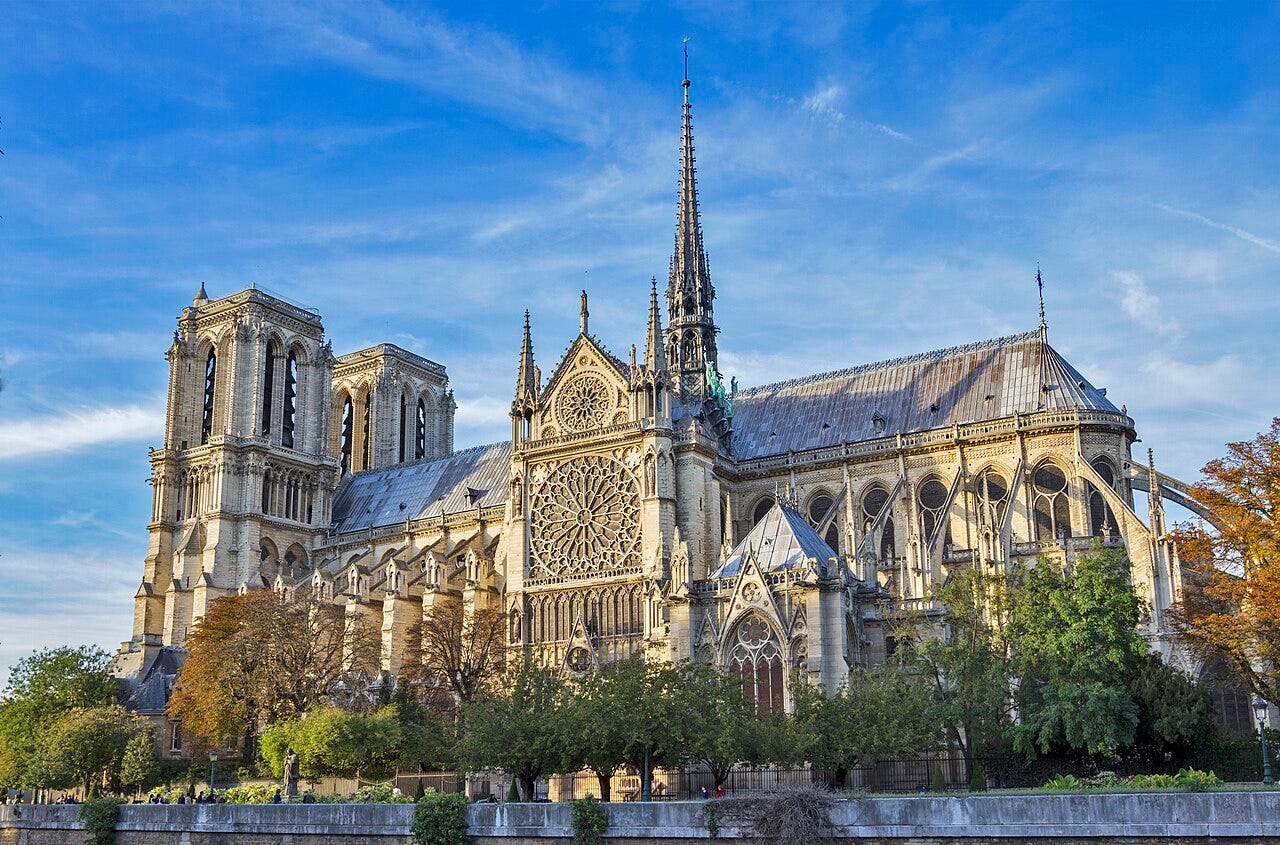
Notre-Dame de Paris has become a particular fixation. To most, the 2019 fire was a tragedy for world heritage. To Tartaria believers, it was another deliberate strike, part of a pattern of burning and erasing evidence of their empire. Some even claim the cathedral was once a “sound bath” built by Tartars, its acoustics repurposed by the Church.
The conspiracy digs into history for legitimacy. Western Europeans and Russians once used the term “Tartary” to describe the vast lands of Central Asia, Siberia, Mongolia, stretching south into Afghanistan. Antique maps labeled the region, and travelers like Martino Martini in the 1600s popularized the word. Over time, “Tartar” became shorthand for “barbarian.” But Tartary was a geographic label, not an empire. Crimean Tatars remain a real ethnic group with a history of persecution, deportation, and resilience. Tartaria, the empire, was a mirage.
What fascinates believers is that Tartaria doesn’t appear in modern textbooks. To them, absence itself proves suppression. If no one talks about it, that must mean it was covered up. Suppression is the strongest evidence of all.
Before we go further, let me pause here.
If you’ve read this far, you already see how gripping this story is, not just about Tartaria, but about how myths grow, how history gets weaponized, and why people believe in lost empires. That’s the kind of deep, no-shortcuts storytelling I share with my subscribers.
Subscribe to Premium or Founder’s version now to unlock the rest of this essay and join a community that hungers for history told with depth, honesty, and edge.


